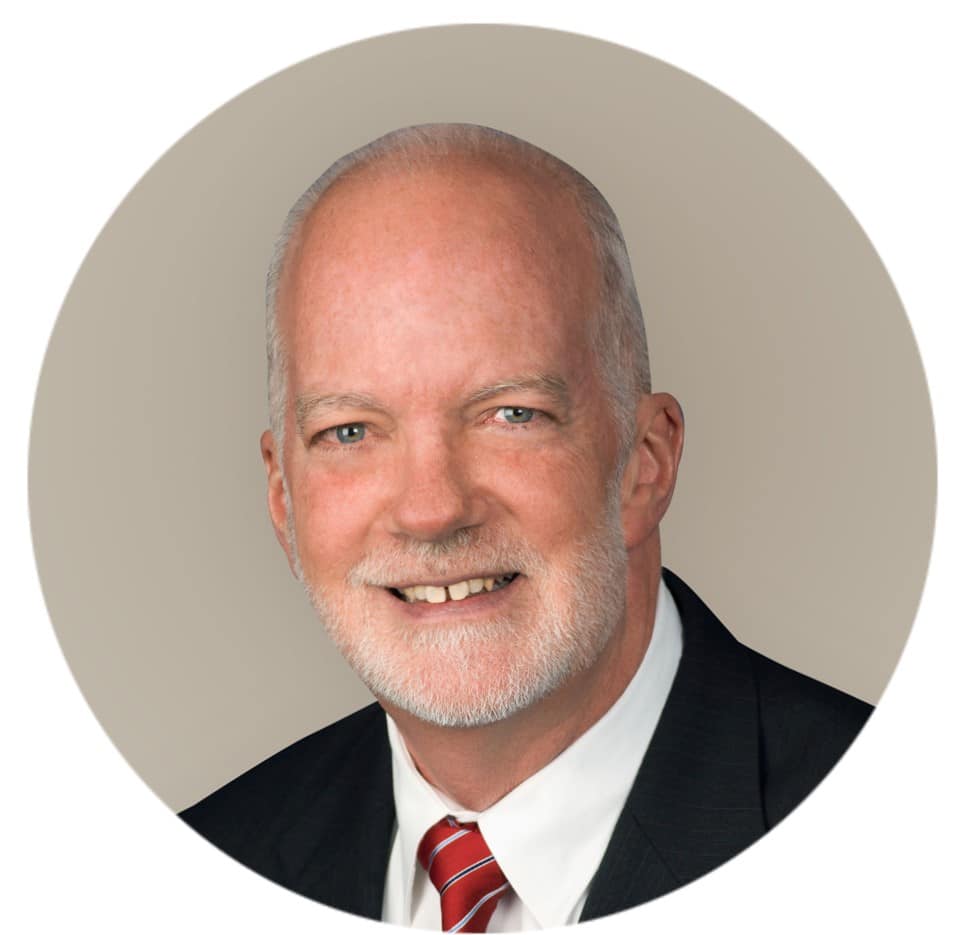John B. Charles retired from NASA on February 22, 2018, as Associate Director of NASA’s Human Research Program (HRP) for Exploration Research Planning, after nearly thirty-three years as a life sciences investigator and manager. From 2012 to 2016, he was Associate Manager for International Science, leading NASA’s space life sciences planning for the joint US/Russian one-year mission on ISS, including the Twins Study. From 2008 to 2012 and again from 2016 until November 2017, he was HRP’s Chief Scientist, assuring a balanced portfolio of funded research to resolve the greatest risks to humans on deep space expeditions.
John earned his B.S. in biophysics at The Ohio State University and his Ph.D. in physiology and biophysics at the University of Kentucky. He worked at the NASA Johnson Space Center starting in 1983, first as a postdoctoral fellow, then in the civil service. He co-developed the fluid-loading countermeasure to protect Shuttle astronauts from fainting during re-entry and landing, and investigated the cardiovascular effects of space flight using ultrasound, in-flight lower body negative pressure and re-entry data recording on the Shuttle and on the Russian space station Mir. He coordinated NASA’s biomedical, biological and microgravity investigations as Mission Scientist on Mir, on STS-95 (John Glenn’s Shuttle flight), and on STS-107 (Columbia’s last mission). He also represented the life sciences to NASA’s human Mars mission planning activities in the 1990s.
John is a Fellow of the Aerospace Medical Association (ASMA), of which he has been a member since 1983; he was the 2017-2018 President of its constituent Space Medicine Association. He is also a Full Member of the International Academy of Astronautics (IAA) and co-chaired the 18th IAA “Humans in Space Symposium” in Houston in 2011.
He has published 75 scientific papers and space history articles and has received several professional awards, including the National Space Club and Foundation’s Eagle Manned Mission Award (2017), the Aerospace Medical Association’s “Joe Kerwin” (2011) and “Hubertus Strughold” (2001) Awards, and NASA’s Silver Snoopy (1989), Exceptional Service Medal (2000), Exceptional Achievement Medal (2014), and Distinguished Service Medal (2018).
John holds Emeritus status in the Human Health and Performance Directorate of NASA’s Johnson Space Center. He is also the first Scientist in Residence at Space Center Houston, the official visitors center for Johnson Space Center, with the goal of enhancing the guest experience by augmenting the human health and performance aspects of exhibits, presentations and demonstrations. He is Adjunct Professor of Kinesiology at Texas A&M University and a member of the Scientific Advisory Board of StemRad Ltd., a company developing personal radiation protection garments. He and his wife Kathy own ACT4space, LLC, a private outreach, education, research, and consulting business.
